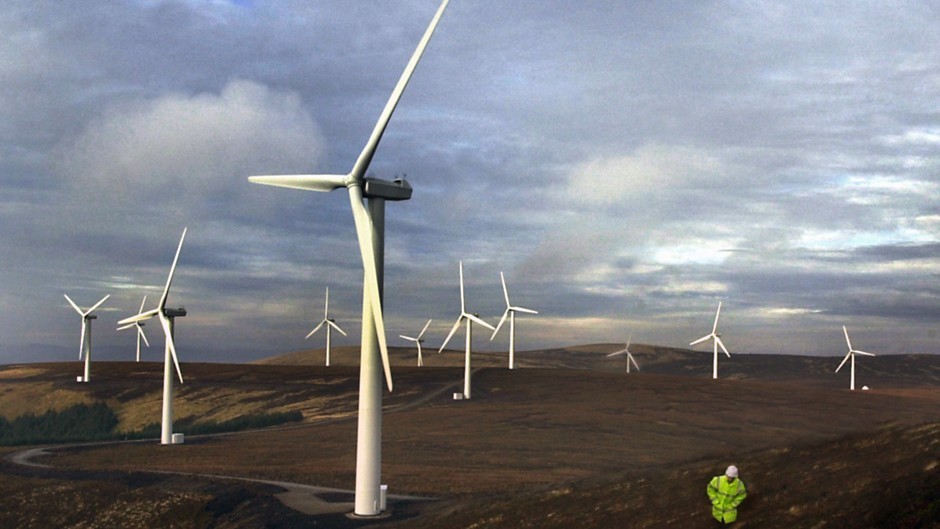Renewable energy is at the heart of SNP plans to spark a new industrial revolution in Scotland.
Ministers want to fully harness the power of the wind, waves and tide – supported by a new fit-for-purpose regulatory system – to create thousands of new jobs, reduce bills for consumers and tackle climate change.
But the UK Government claims policies set out in the independence white paper Scotland’s Future are unworkable, unsustainable and will lead to household bills rocketing.
The main bone of contention rests on the SNP proposal to maintain a single UK energy market after separation.
It argues Scottish energy would be vital to keeping the lights on in England and Wales in the future and help those nations hit renewable-energy targets.
Under plans outlined in the white paper, consumers south of the border would continue to fund renewable-energy infrastructure costs in this country through their bills.
An energy partnership would be established with the Westminster government to ensure Scotland’s long-term interests are better served.
And a new leasing system for offshore and foreshore renewables would be introduced to increase investment and energy production in the islands.
The Scottish Government claims consumer energy bills would be reduced by 5% – about £70 a year – if people vote Yes.
Ministers say this would be done by transferring the cost of programmes like the Energy Company Obligation and Warm Homes Discount – currently funded by consumers – into public hands.
But the UK Government has categorically ruled out the idea of the single energy market – in which costs are spread across 30million households and businesses – continuing after separation.
The UK Government claims the costs of energy network investment, small-scale renewable projects and supporting remote consumers in an independent country would fall on Scottish bill payers alone.
Ministers claim this could result in annual household energy bills increasing by £38 and £110,000 for a medium-sized manufacturer by 2020.
The analysis paper said this country accounts for around 10% of electricity sales in the UK but received 28% – £560million – of the total paid by all UK consumers to support renewables.
It claims the full costs of supporting large-scale renewables projects in Scotland could add up to an extra £189 on households bills and £608,000 for a medium-sized manufacturer.
The UK Government has also poured cold water on aspirations to export energy south of the border, pointing out that current supplies only account for a small proportion of demand in England and Wales – 4.59%.
UK Energy Secretary Ed Davey said there was no “guarantee” England, Wales and Northern Ireland would buy energy from Scotland if it could be sourced cheaper elsewhere.
The UK Government says Scotland currently does well when it comes to renewable-energy investment and targets for 2020 were more likely to be “achievable and affordable” if the union stays intact.
The Scottish Government has a target to generate the equivalent of 100% of gross annual electricity consumption through renewables by 2020, with an interim target of 50% by 2015.
